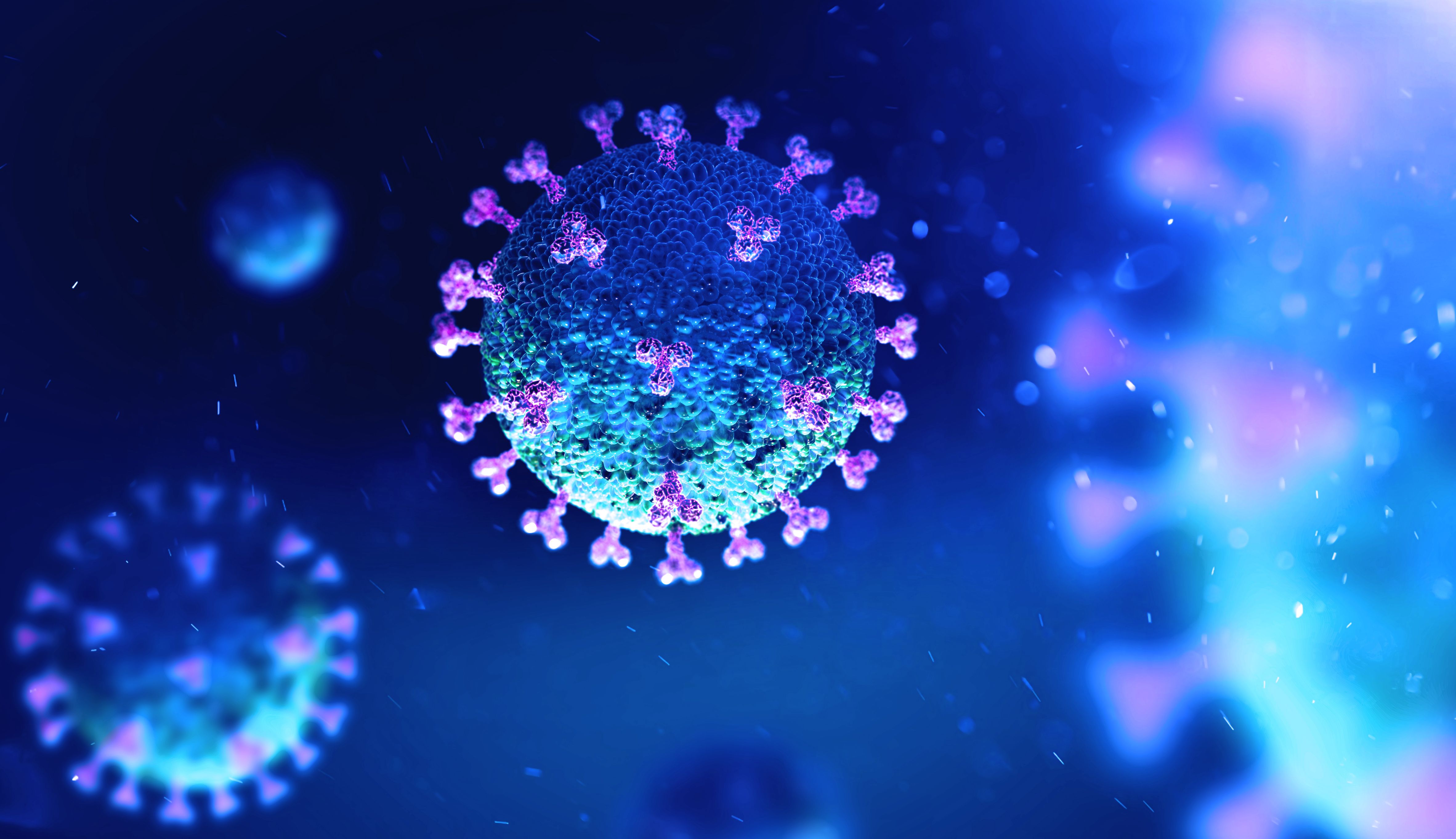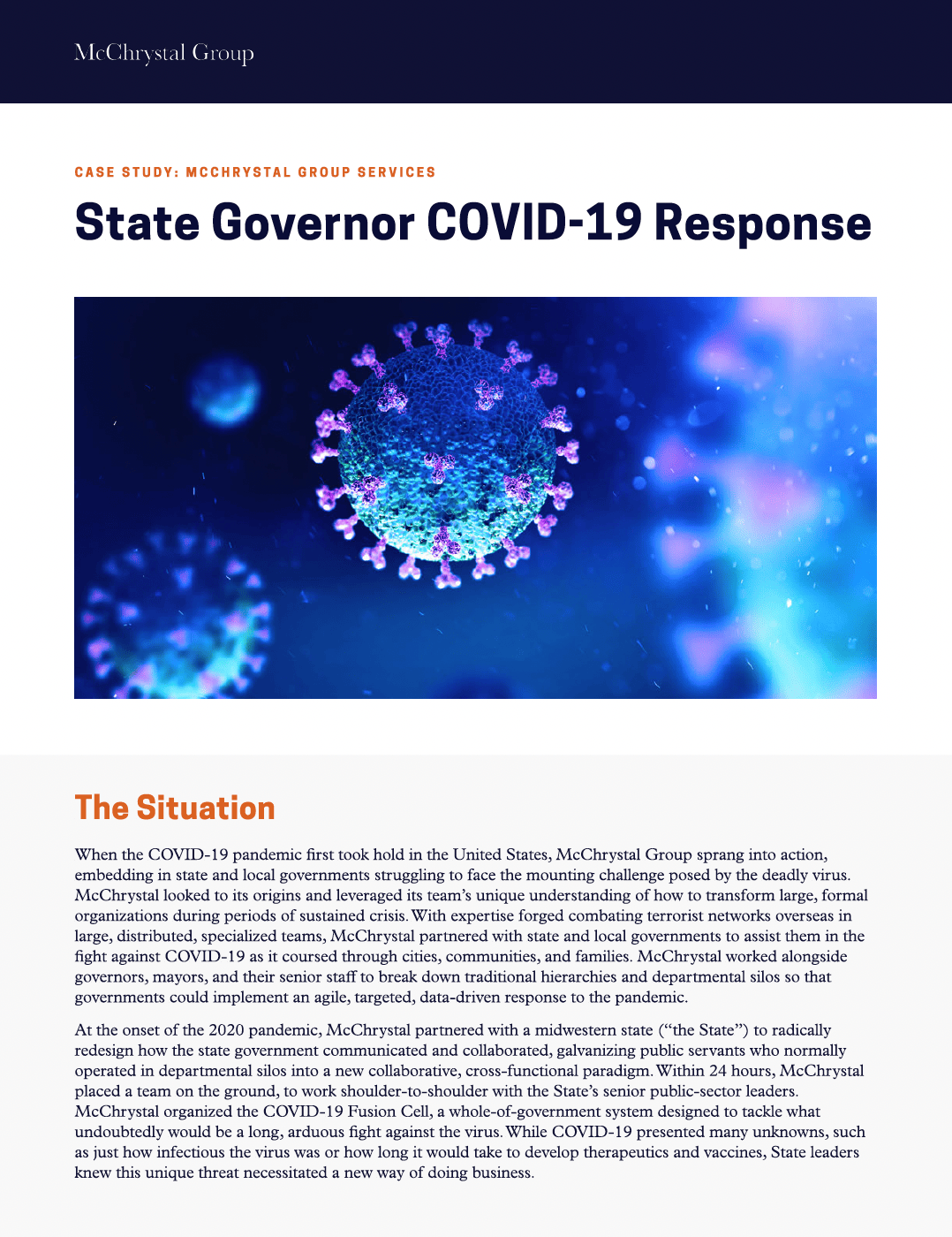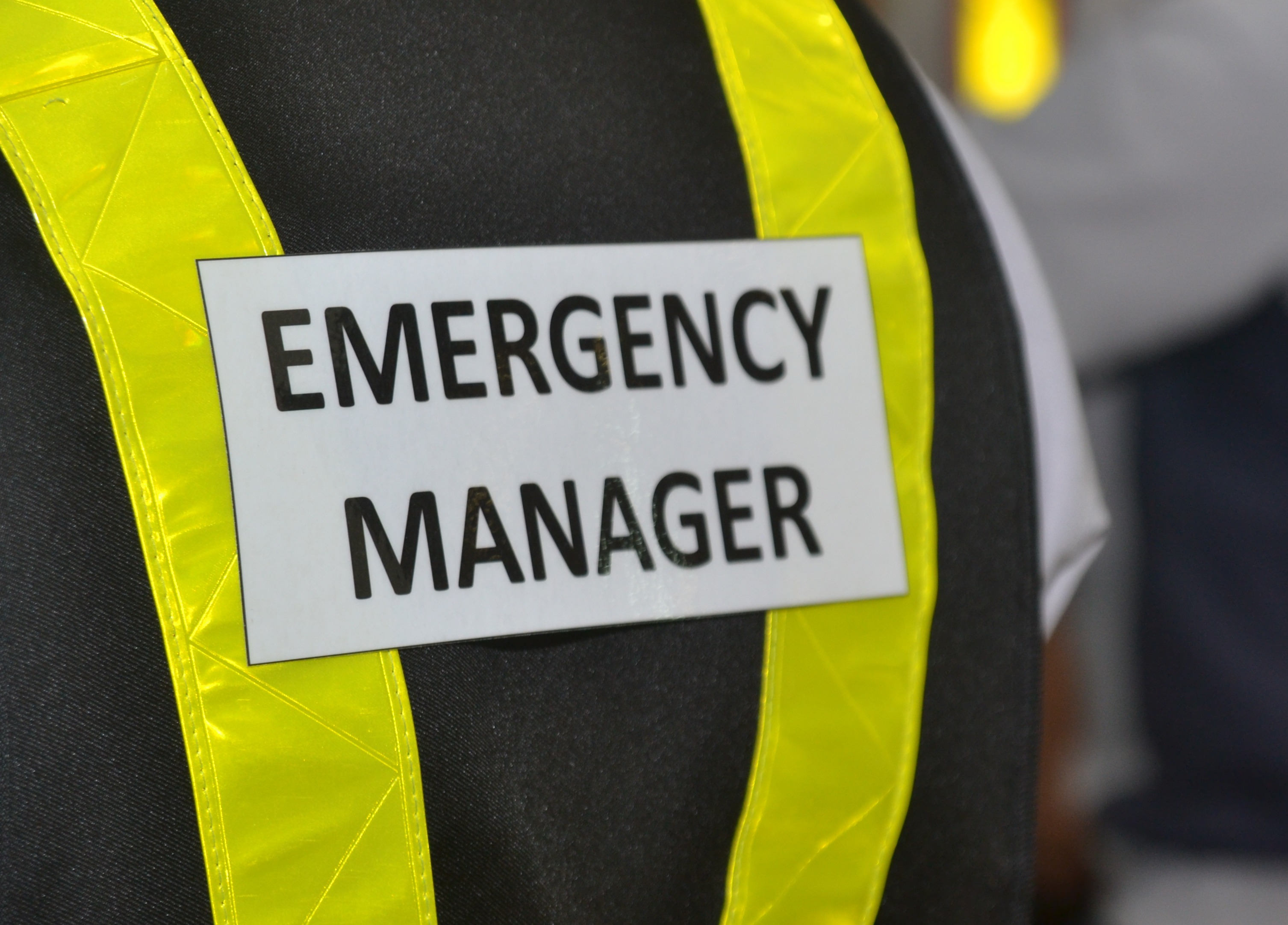The Situation
When the COVID-19 pandemic first took hold in the United States, McChrystal Group sprang into action, embedding in state and local governments struggling to face the mounting challenge posed by the deadly virus. McChrystal looked to its origins and leveraged its team’s unique understanding of how to transform large, formal organizations during periods of sustained crisis. With expertise forged combating terrorist networks overseas in large, distributed, specialized teams, McChrystal partnered with state and local governments to assist them in the fight against COVID-19 as it coursed through cities, communities, and families. McChrystal worked alongside governors, mayors, and their senior staff to break down traditional hierarchies and departmental silos so that governments could implement an agile, targeted, data-driven response to the pandemic.
At the onset of the 2020 pandemic, McChrystal partnered with a midwestern state (“the State”) to radically redesign how the state government communicated and collaborated, galvanizing public servants who normally operated in departmental silos into a new collaborative, cross-functional paradigm. Within 24 hours, McChrystal placed a team on the ground, to work shoulder-to-shoulder with the State’s senior public-sector leaders. McChrystal organized the COVID-19 Fusion Cell, a whole-of-government system designed to tackle what undoubtedly would be a long, arduous fight against the virus. While COVID-19 presented many unknowns, such as just how infectious the virus was or how long it would take to develop therapeutics and vaccines, State leaders knew this unique threat necessitated a new way of doing business.
Solutions
For nine months, the McChrystal team worked alongside the State's leaders to substantively change the way the State conducted business. McChrystal established systems and strategies that radically improved the pace, productivity, and outcomes of the government’s COVID-19 operations, while simultaneously developing internal leadership capabilities for sustainable progress. These months were characterized by uncommon speed, adaptation, innovation, and teamwork across the State government. All of this was accomplished with a distributed workforce, as employees were working from home for the first time to promote physical distancing.
Yet, COVID-19 also exposed the State's systems' frailties: siloed functional agencies incapable of operating with a single mission, strained stakeholder relationships, critical data fragmented between the public and private sectors, and departmental leaders struggling with decision-making in a complex environment. Below are some of the solutions the McChrystal Group employed to meet the challenges brought by COVID-19.
Fusion Cell
In military parlance, a fusion cell is an ad-hoc, cross-agency team that rapidly collects, integrates, and analyzes information from various functions and areas of expertise to inform the decisions of senior leaders. The McChrystal team implemented a COVID-19 Fusion Cell for the State that grew into a daily forum that drove collaborative action against cross-departmental strategic priorities.
All 16 state agencies participated in a daily remote meeting, bringing together approximately 250 of the State's leaders and subject matter experts in public health, procurement, supply chains, economic development, congregate care, pre-K-12 schools, higher education, and more. Fusion cell participants also included external stakeholders, such as hospital and healthcare associations, infectious disease experts, and local health authorities, who worked as partners with the State government to provide a seamless response to the novel coronavirus.
A single source of truth
The McChrystal team identified that the first step to ensuring the fusion cell could quickly drive decisions by senior leaders was the development of dashboards and data visualizations that translated complex, sometimes incomplete information from multiple internal and external sources into easily digestible, trusted, and actionable data insights.
At the start of the pandemic, disparate data sources were held within federal, state, and local governments and within the private healthcare industry. The McChrystal team worked with stakeholders from public and private sectors to integrate disparate data streams into a single source of truth that informed the fusion cell and its decisions. This ensured a unified, focused approach to fighting the COVID-19 pandemic and predicting the virus's course. The dashboards initially were used to inform internal action. However, as the engagement unfolded, the State migrated them to a public-facing platform, which earned an A+ rating from The Atlantic's “The COVID Tracking Project.” Additionally, the new data visualization software became an enterprise system that is now used internally and externally by each of the state agency to track its targets against defined metrics and to share critical information with the public.
Strategy alignment, accountability, and decision-making
McChrystal assisted senior leaders in identifying whole-of-government priorities and appropriate leaders to head these lines of effort. In early April, State leadership focused on four priorities: testing, personal protective equipment (PPE) procurement and distribution, healthcare system support, and economic development. By August, 16 priority areas were fully developed, including data and analytics, contact tracing, congregate and long-term care facility support, strategic communications, etc.
Each priority-area lead operated a "microcell" where cross-agency collaborators and community partners came together for tactical problem-solving and lower-level decision-making. These microcells aligned on recommendations that were brought to fusion cell leadership for strategic-level decision-making. McChrystal supported each microcell in defining the risks, opportunities, and interdependencies for their courses of action recommended to the fusion cell, thus accelerating the decision-making process to a 24-hour operating rhythm.
Scenario-based planning and table-top exercises
The McChrystal team designed and implemented tabletop exercises and scenario-based planning sessions. These exercises forced teams to confront realistic challenges and constraints, e.g., supply shortages, regional and facility-based COVID-19 outbreaks, vaccine deployment, contact tracing, and overburdened hospital systems.
The tabletop exercises brought together internal and external stakeholders and were designed with specific, relevant, data-informed details to ensure participants' realistic responses. These planning exercises resulted in developing a regional "hub and spoke" testing and contact tracing system, assisted state leaders in planning for an anticipated surge in COVID-19 cases during colder weather, and pressure tested the State's nationally recognized COVID-19 vaccine distribution plan.
Cross-functional planning and team development sessions
When the McChrystal team first arrived, state leaders faced a newly remote workforce which had never before worked cross-departmentally. The McChrystal team helped the fusion cell members organize against whole-of-government priorities. Through this process, McChrystal helped reveal faultlines where unhealthy team dynamics, leadership challenges, and inadequate systems existed.
In response, McChrystal facilitated numerous remote and in-person cross-functional planning sessions. These two-to-three-hour workshops included process mapping, GANTT chart development, defining decision space, and leadership coaching. This solution ensured that smaller, more narrowly focused teams within priority areas worked collaboratively and with peak efficiency. Cross-functional planning sessions also equipped participants with new skills in project management and organization that were lacking across many departments.
Priority area surge support
The pandemic required the State to stand-up numerous mission-critical, complicated projects in record time. Brand new programs needed to be launched, resourced, and successfully implemented in a matter of days to weeks, such as COVID-19 testing, contact tracing, PPE sourcing and distribution, and vaccine deployment. At the same time, the daily tasks of running the government had to continue. To meet these demands, senior state leaders empowered emerging leaders to lead projects at scales outside the scope of their previous experience.
In response, the McChrystal team assigned a project lead to each burgeoning priority area to support the newly created teams and their leaders in developing the skills, resources, and knowledge required to lead important, laborious efforts. McChrystal team members rapidly developed subject matter expertise in these areas, helped identify the appropriate skills and expertise from across state government, and provided project management support, team building, and leadership coaching to ensure successful alignment to the overall pandemic response strategy.
Results
McChrystal’s approach to managing the State's COVID-19 response led to tangible, measurable results in record time. Projects that generally would have unfolded over years in the public sector were fully operational in a matter of weeks or months.
Creation of a PPE marketplace and purchase of a PPE reserve
Early in the pandemic, supply chain disruptions made critical PPE so scarce that it threatened to cripple the healthcare system. The PPE microcell brought together experts in supply chains and manufacturing from the Department of Economic Development, procurement from the Office of Administration, infection control from the Department of Health and Senior Services, and emergency management from the Department of Public Safety who provided critical perspectives.
With the support of McChrystal Group, this team created a PPE marketplace enabling private sellers of PPE to contract with public and private buyers. The State then used the data from this site to calculate accurate PPE burn rates for different provider types, which helped forecast the necessary PPE required to be procured by the State. Eventually, this data allowed the Governor of the State to confidently invest $200 million in a three-month PPE reserve in preparation for the upcoming cold and flu season.
960+ percent increase in daily COVID-19 PCR testing
In April, COVID-19 tests in the State were difficult to access and were not recommended for asymptomatic individuals. However, as the academic community uncovered evidence that asymptomatic persons were likely vectors for disease spread, McChrystal assisted the Department of Health and Senior Services in collecting the most up-to-date and accurate research. Our combined efforts expanded testing access for all the State's citizens, regardless of symptoms or exposures.
McChrystal held cross-functional planning sessions to help state departments design a testing strategy focusing on populations vulnerable to infection and adverse outcomes, such as healthcare workers, essential workers, long-term care facility residents, and offenders in state prisons. McChrystal Group team members offered surge support, working with public and private laboratories, local public health authorities, and hospitals across the State to radically increase the number of diagnostic tests performed in the State. Ultimately, weekly testing increased 962 percent from the first week of April to the third week in October.
Development of a contact tracing program, supported by transformative technology
The McChrystal team offered surge support to deploy a program of contact tracing, increasing the number of state contact tracers by 10x in 8 weeks. This line of effort also included the deployment of two enterprise software applications that represented an approximately $20 million investment in the State's public health infrastructure. These included both a comprehensive public health disease surveillance system and a contact tracing platform that was made free and available to all local public health agencies. Normally these type of technology transformations would take place over a period of months to years, but with McChrystal's support, the Department of Health and Senior Services was able to deploy both solutions within a matter of weeks.
Development of a COVID-19 vaccine prioritization and deployment plan
The development of a COVID-19 vaccine was fraught with uncertainty. Multiple vaccine studies were in-play and each vaccine type had different requirements, e.g. different dosages and ultra-cold storage. McChrystal organized a cross-functional team that included the State Emergency Management Agency, the State National Guard, the Information Technology Services Division, the Department of Health, and the Department of Social Services, and assisted these team members in developing the first state COVID-19 vaccine plan to be submitted to the CDC for approval. McChrystal provided operational support, leadership coaching, and facilitated tabletop exercises to ensure that the State was well-prepared to distribute approximately 13 million doses of vaccine the State's citizens. The State's vaccine prioritization and distribution plan was highlighted as a model for other states by the White House Coronavirus Task Force.
Conclusion
McChrystal brought nearly 20 years of experience in solving network-based leadership challenges in environments of sustained crisis. These capabilities were born in military special operations environments and have since been refined to meet government and corporate clients' needs. Throughout the COVID-19 pandemic in the State, McChrystal developed and deployed flexible solutions based on Team of Teams principles for each new challenge that arose. A pandemic of this magnitude had not occurred in living memory and each new trial required a nimble, yet unified approach. Through the COVID-19 Fusion Cell, McChrystal Group was able to rapidly align 16 disparate state agencies against data-informed strategic priorities, build teams and leadership capabilities, and provide the tools, structures, and systems for the State to sustain these capabilities far into the future.
While the COVID-19 pandemic may be a once-in-a-century event, the systems and structures that McChrystal developed for the State can be deployed to face any number of challenges that governments may face. In fact, multiple agencies in the State are currently adapting the lessons learned from the COVID-19 Fusion Cell to tackle other projects that require cross-functional collaboration, such as Medicaid expansion and the ongoing management of the Office of Administration.
McChrystal’s approach allows governments to leverage the interconnectivity and agility of a matrixed organization without changing the formal organizational chart by improving horizontal collaboration, breaking down traditional silos and hierarchies, and providing sustainable, repeatable structures and systems to improve the quality and speed of decision-making in any operational environment.






